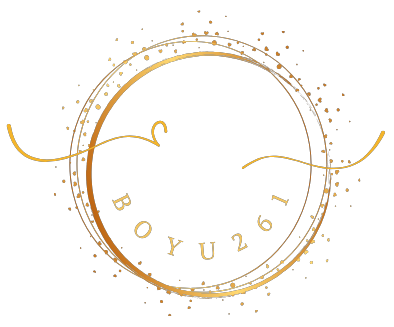In a world filled with sights and sounds, the journey of a blind dog often unfolds in unexpected ways. These remarkable animals navigate life using their other senses, discovering a universe rich with smells, textures, and emotions that many of us overlook. Embracing the life of a blind dog not only teaches us lessons of resilience and adaptation but also invites us to appreciate the beauty found in the everyday moments we often take for granted.
As we delve into the heartwarming experiences of blind dogs and their loving companions, we uncover a bond that transcends the limitations of vision. These dogs possess an incredible ability to connect with their humans in ways that go beyond sight, relying on love and instinct to guide their paths. By observing life through their eyes, or more accurately, through their feelings, we find inspiration for loving unconditionally and embracing the beauty of our shared journey through life.
Understanding Blindness in Dogs
Blindness in dogs can occur due to various reasons, ranging from genetic disorders to age-related conditions. Some breeds are genetically predisposed to certain eye diseases, such as progressive retinal atrophy, which leads to gradual vision loss. Additionally, injuries and infections can also contribute to a dog losing its sight. Recognizing the signs of vision loss early can help in managing your dog’s condition and ensuring they continue to live a joyful and fulfilling life.
Common signs that a dog may be going blind include bumping into furniture, hesitance in unfamiliar environments, and changes in behavior, such as increased clinginess or anxiety. Owners might notice their dog not responding to visual cues that they once did. It’s crucial for pet owners to be observant and consult a veterinarian if they suspect their dog is losing its vision. Early diagnosis can sometimes lead to treatments that help slow down the progression of the condition.
Adapting to a blind dog involves understanding their unique needs and providing appropriate support. While a blind dog may face challenges, they often rely on their other senses, particularly smell and hearing, to navigate their surroundings. Creating a safe and stable home environment, using consistent cues, and maintaining routines can greatly assist a blind dog in adapting to their condition. Blinddog With love and patience, a blind dog can lead a happy and enriched life.
Navigating Life Together
Living with a blind dog requires a unique approach to daily activities, fostering a deeper connection between the pet and their owner. One of the most significant aspects of this journey is understanding how to communicate effectively. Using consistent verbal cues can help blind dogs navigate their environment comfortably. Owners often find that introducing richer auditory or tactile experiences enriches their dog’s life, helping them gain confidence as they explore their surroundings.
Establishing a safe and familiar space is crucial for a blind dog. Creating a predictable home environment allows them to move freely without fear. Soft mats or rugs can serve as sensory guides, informing them about different areas. Integrated routines that include regular walks or playtime can bolster their confidence and agility, ensuring that they learn to rely on their other senses while also enjoying moments of joy and companionship.
Bonding activities play an essential role in nurturing the relationship. Engaging in interactive games using scent or sound encourages your blind dog to use their unique skill set. Playtime becomes a joyful experience filled with laughter and shared moments. Through patience and creativity, navigating life together with a blind dog can not only be fulfilling but also profoundly enriching, allowing the owner and their canine companion to grow together in love and understanding.
The Power of Love and Adaptation
The journey of living with a blind dog reveals the incredible bond that forms between owner and pet. This unique relationship often transcends traditional experiences, fostering a deep connection built on trust, love, and understanding. Every touch, sound, and scent becomes more meaningful, creating a shared language that enriches the lives of both the dog and its owner. Embracing this journey allows for moments of joy that might otherwise be overlooked in the hustle of everyday life.
Adaptation plays a crucial role in this experience. Owners quickly learn to observe and interpret the world from their dog’s perspective. They become attuned to the pup’s needs, finding ways to enhance its quality of life. Simple adjustments, like rearranging furniture to create clear paths or introducing tactile toys, can make a significant difference. With patience, creativity, and a commitment to adaptation, both the owner and the blind dog can explore their surroundings together, unlocking new adventures and strengthening their bond.
Furthermore, the love shared between a blind dog and its owner creates a resilient spirit that inspires others. Many find courage in the dog’s ability to navigate challenges with confidence, teaching valuable lessons about perseverance and joy in the face of adversity. This powerful connection not only enriches their lives but also encourages others to embrace the beauty found in differences, proving that love, understanding, and adaptation are transformative forces in any relationship.
